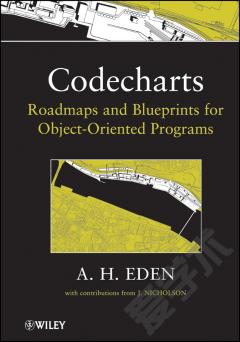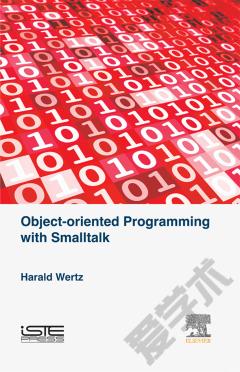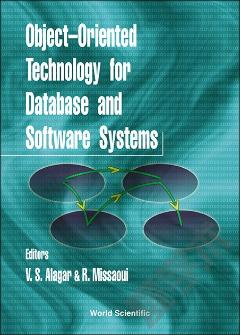Codecharts —— Roadmaps and blueprints for object-oriented programs
----- Codecharts:发展蓝图和面向对象的程序设计蓝图
NEW LANGUAGE VISUALIZES PROGRAM ABSTRACTIONS CLEARLY AND PRECISELYPopular software modelling notations visualize implementation minutiae but fail to scale, to capture design abstractions, and to deliver effective tool support. Tailored to overcome these limitations, Codecharts can elegantly model roadmaps and blueprints for Java, C++, and C# programs of any size clearly, precisely, and at any level of abstraction. More practically, significant productivity gains for programmers using tools supporting Codecharts have been demonstrated in controlled experiments.Hundreds of figures and examples in this book illustrate how Codecharts are used to:Visualize the building-blocks of object-oriented designCreate bird's-eye roadmaps of large programs with minimal symbols and no clutterModel blueprints of patterns, frameworks, and other design decisionsBe exactly sure what diagrams claim about programs and reason rigorously about themTools supporting Codecharts are also shown here to:Recover design from plain Java and visualize the program's roadmapVerify conformance to design decision with a click of a buttonThis classroom-tested book includes two main parts:Practice (Part I) offers experienced programmers, software designers and software engineering students practical tools for representing and communicating object-oriented design. It demonstrates how to model programs, patterns, libraries, and frameworks using examples from JDK, Java 3D, JUnit, JDOM, Enterprise JavaBeans, and the Composite, Iterator, Factory Method, Abstract Factory, and Proxy design patterns.Theory (Part II) offers a mathematical foundation for Codecharts to graduate students and researchers studying software design, modelling, specification, and verification. It defines a formal semantics and a satisfies relation for design verification, and uses them to reason about the relations between patterns and programs (e.g., "java.awt implements Composite" and "Factory Method is an abstraction of Iterator").
{{comment.content}}








 京公网安备 11010802027623号
京公网安备 11010802027623号